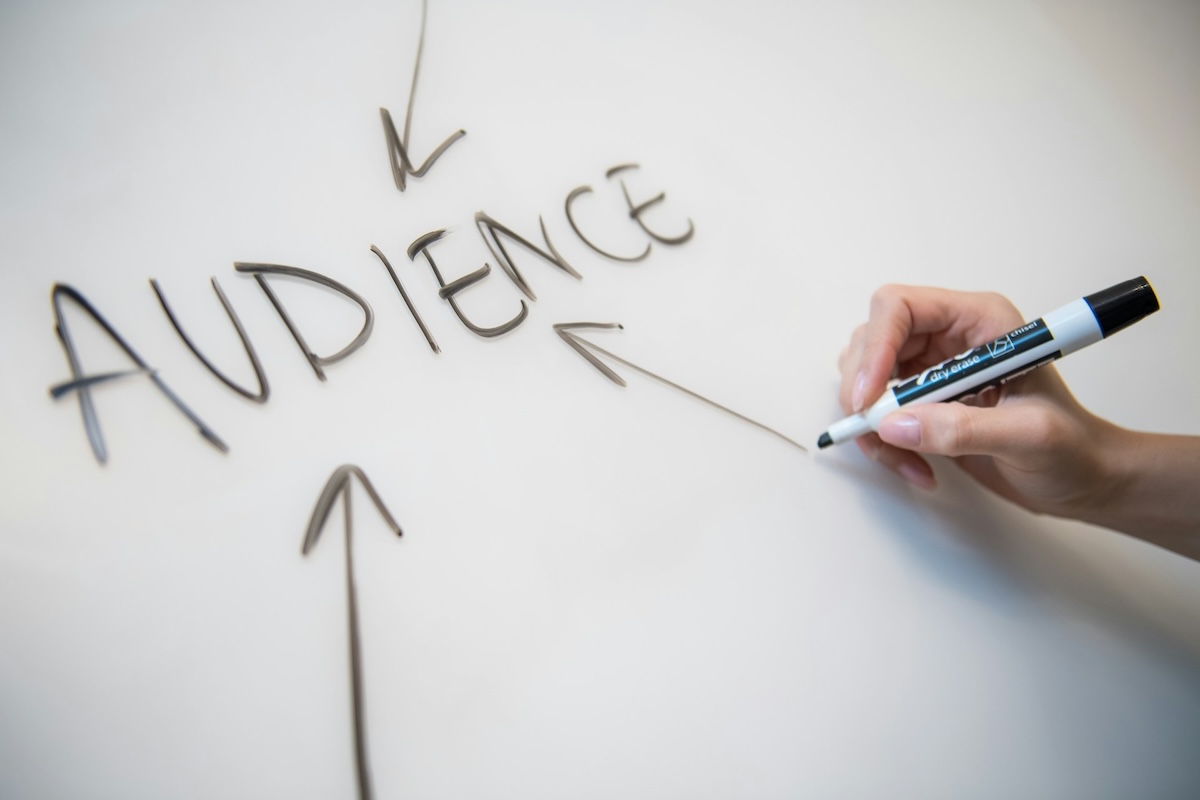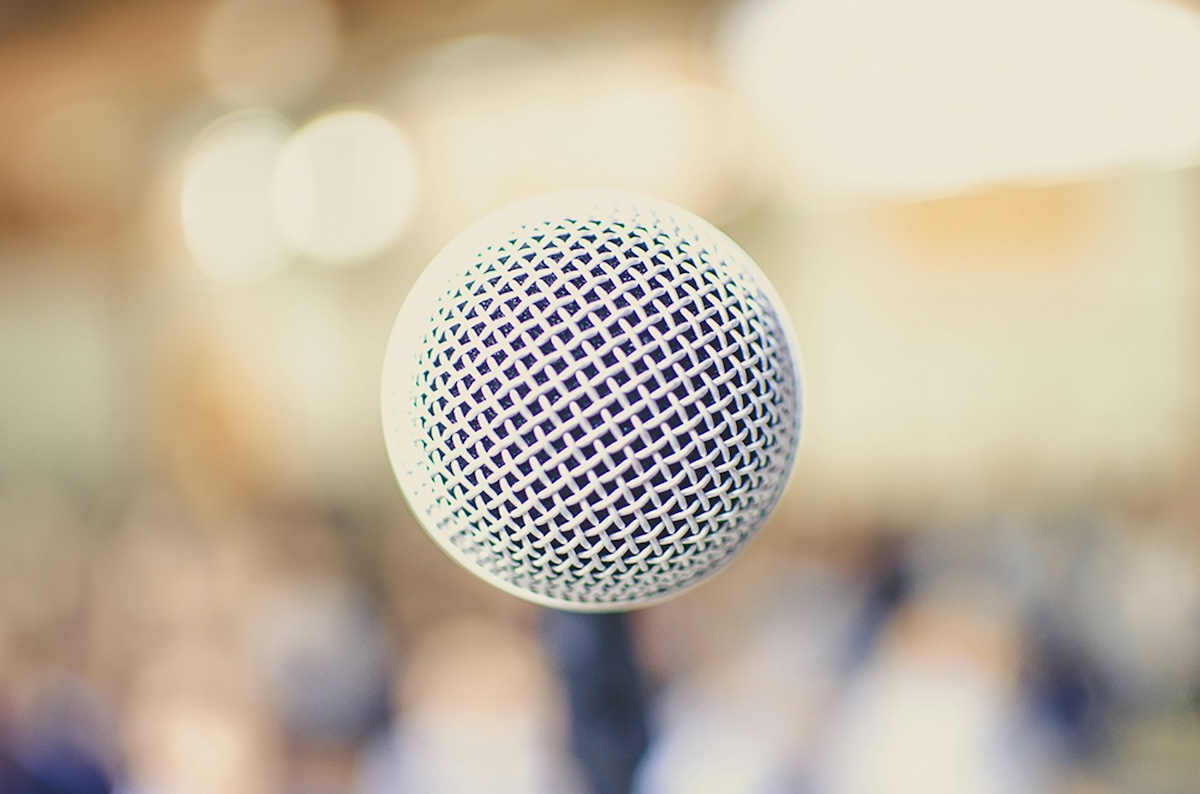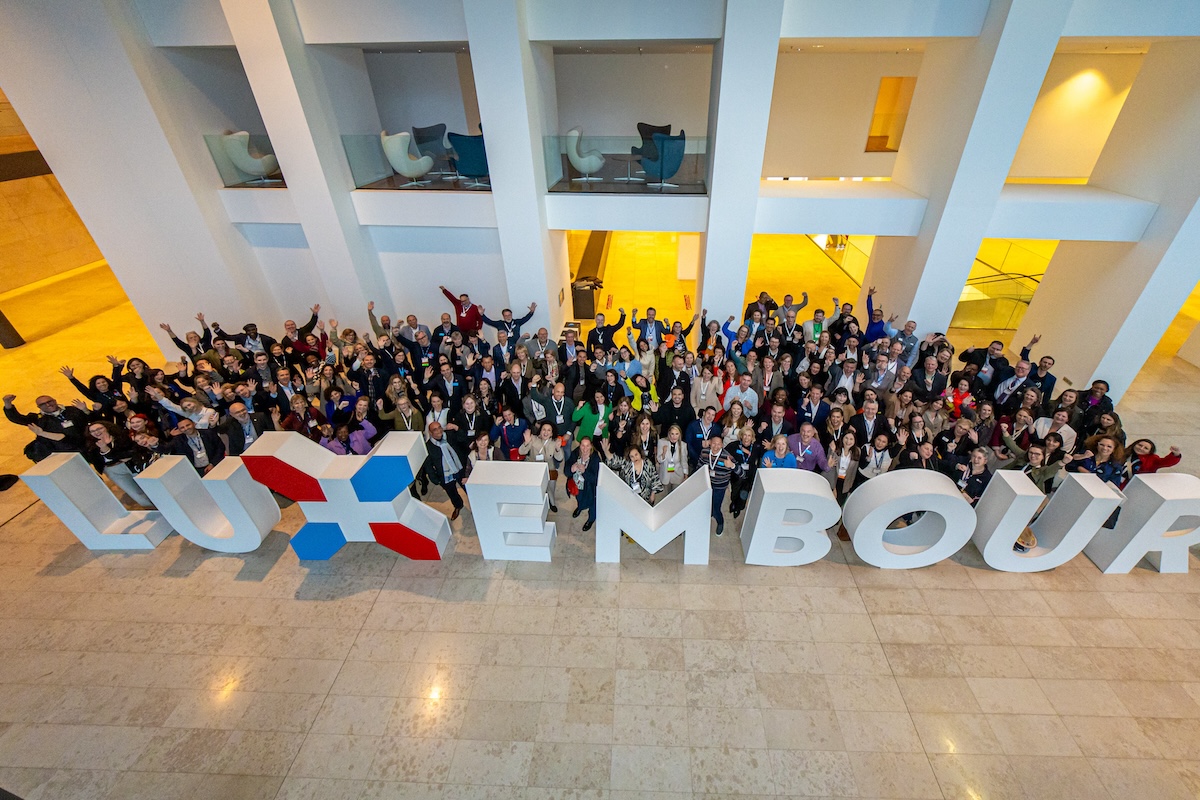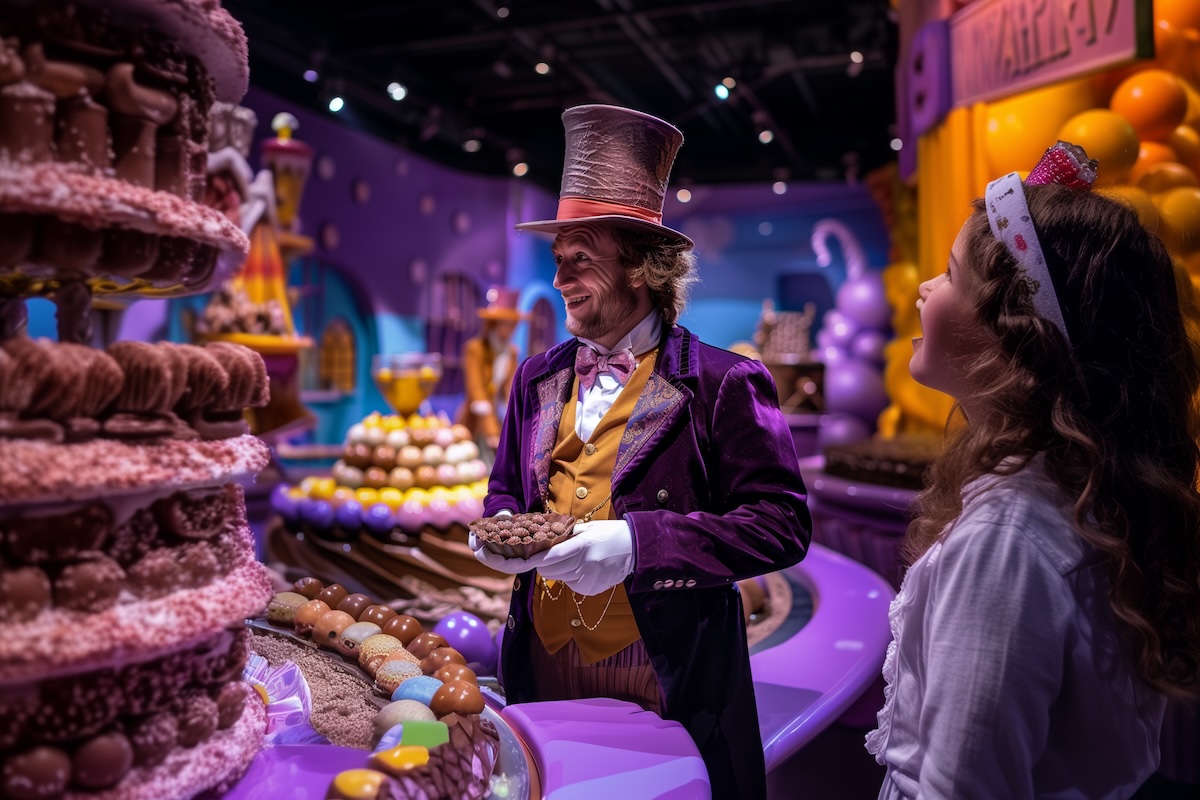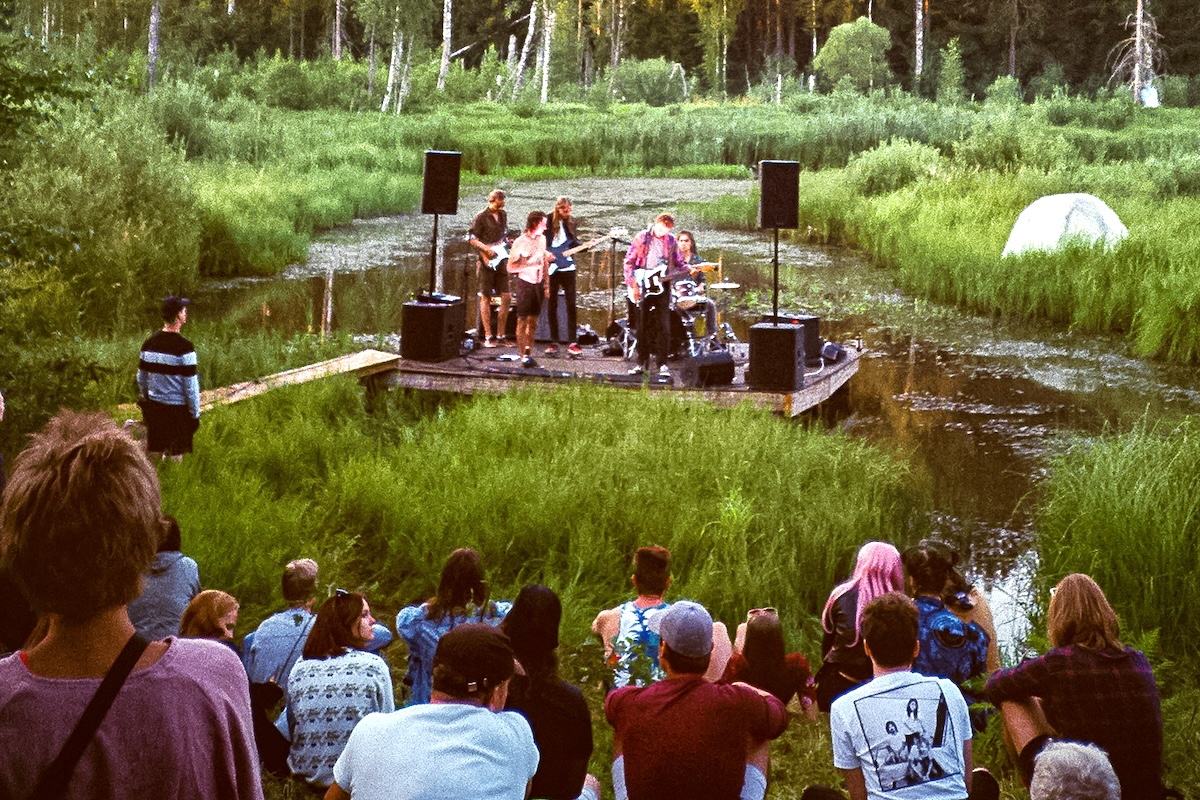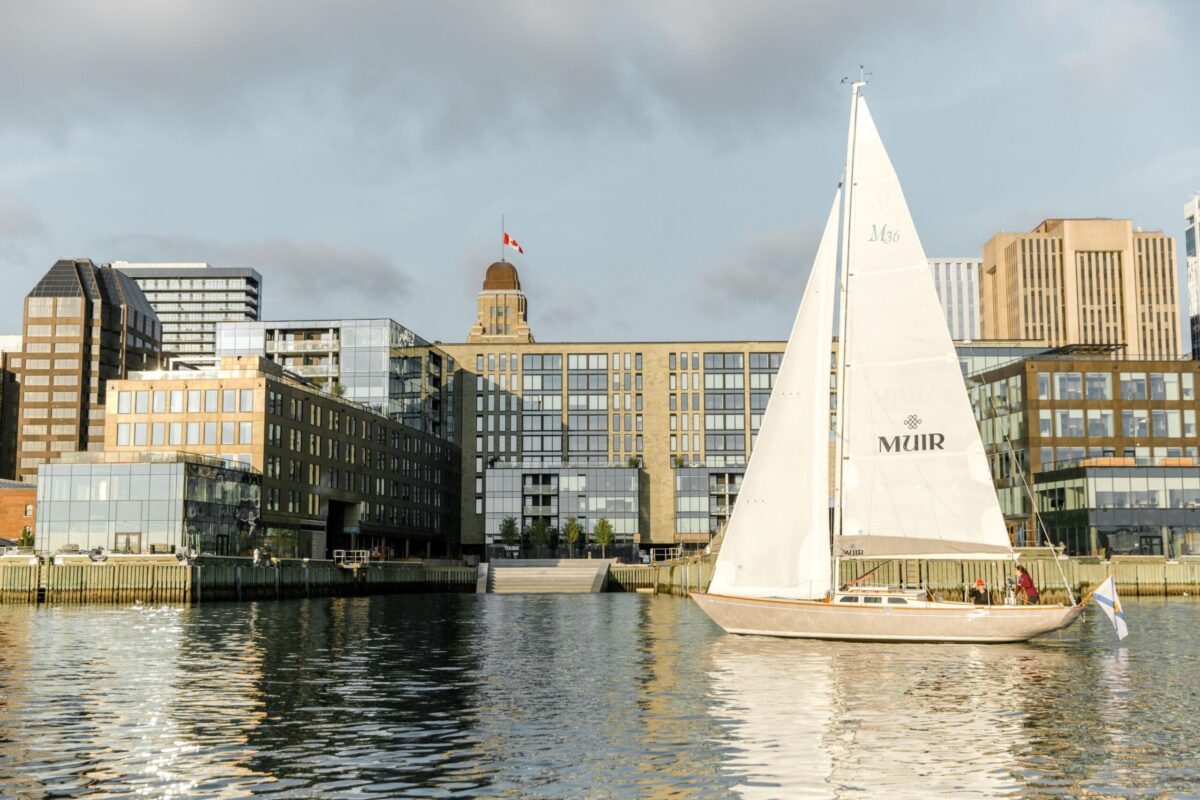Skift Take
The days of passive content consumption are gone. What engages attendees is custom content that addresses their pain points and helps them achieve their desired outcomes.
The better we understand attendees, the better we can engage with them. That may sound simple, but it’s not so easy or common.
Engaging with attendees well in advance allows us to understand best how to curate content to meet their needs. This allows us to improve how we deliver value and hold their attention. However, this is not necessarily straightforward, as it requires more than just switching up event design from the sit-and-learn model of yesteryear to the new bite-sized sessions and flashy immersive experiences.
The Skift Meetings Future of the Events Industry 2024 virtual summit brought leading event designers together who shared their views on attendee engagement.
Overcoming Pain Points for Success
According to Devon Montgomery Pasha, director of North America at the Event Design Collective, it is crucial that planners first identify the exact needs of the attendees to create an impactful design for a particular audience. “We need to take a step back and look at the architecture of the event being created,” she says. “If [planners] are choosing to create content but it’s only being done in a passive way, are they serving the needs of the stakeholders?”
These factors will help determine the elements best suited for achieving that outcome. Elements such as a keynote speaker, workshop, skills activity, networking opportunity, or activations are all worth considering. Pasha explains that a more thoughtful approach to engagement will increase the probability that attendees will get a return on their investment.
“If you take a second to empathize with the stakeholder and think about what their pain points are and how you can solve those pain points and fulfill their expectations with a well-designed experience,” said Pasha.
From there, Pasha suggests that planners run through various prototypes and iterations of event design and formats to determine the best course to achieve the desired outcome.
Personalization via Early Engagement
“Most of the work to engage an audience happens prior to the event,” said Martin Smith, aka DJ Graffiti, when asked how to grab an audience’s attention from a distracted society. A large part of event planning revolves around the need to improvise, causing many planners to seek different hacks constantly and do things on the fly. Still, roughly 80% of engagement relies on curated, personalized experiences, he explains.
Once the design of an event has been customized for a particular audience to the fullest extent, Martin points to other methods to keep engagement high. This includes introducing activities such as polls, quizzes, and brainstorming sessions, among others, to boost the momentum of audience participation.
While Martin considers himself an experience designer and marketer, they don’t call him DJ Graffiti for nothing. “One of my favorite techniques is to borrow themes from entertainment, music, and pop culture that your audience is already consuming,” he says. I’ve seen lots of Barbie-themed content, and Guru Conference (an email marketing event) successfully incorporated The Bachelor and Reality TV into the event.”
Building Through Community-Led Growth
According to Liz Lathan, co-founder of The Community Factory, the adoption of products or services while building loyalty are top priorities for many organizers hosting events through product-led growth (PLG).
“Communities of Product are one of the core three types of community and a huge driver of adoption and loyalty,” she says. This approach holds especially true for certain market segments, such as SaaS products that rely on growth through referrals.
However, Lathan points to the approach of community-led growth (CLG), which has the potential to garner even deeper loyalty through the building of relationships and word of mouth. “PLG is transactional, but CLG is human,” she says. Leverage the power of your customer advocates by asking them for testimonials and making them feel like part of the team that is truly impacting growth, change, and impact.”
Taking the proper steps throughout an event can create the opportunity to keep the momentum of a community pipeline rolling well after it has concluded. Lathan noted different tools that help drive the community pipeline even after an event ends. “Plan for the community in advance with a strategy and plan for how the community will exist.
These strategies can include weekly YouTube shows, a Slack channel, Zoom gatherings or website message boards. Including a departure lounge at the end of an event can boost the likelihood of attendees signing up to join a community.
Photo credit: Melanie Deziel / Unsplash
